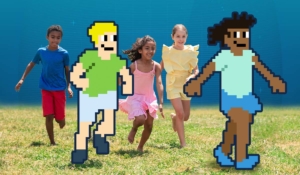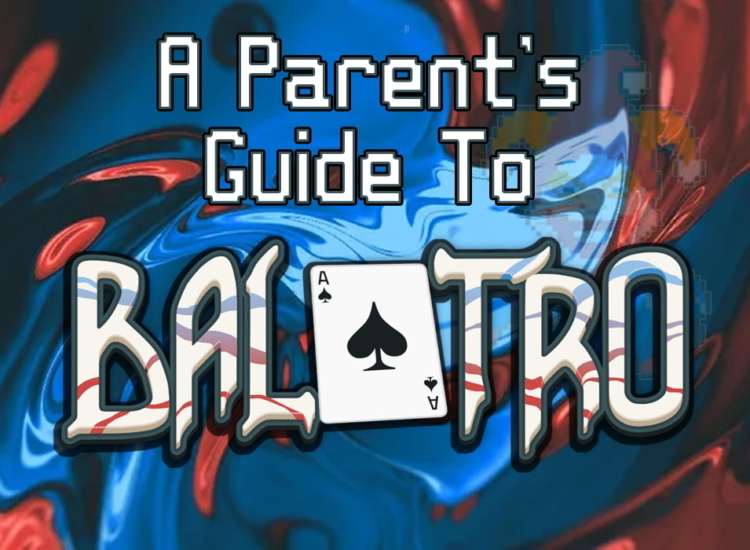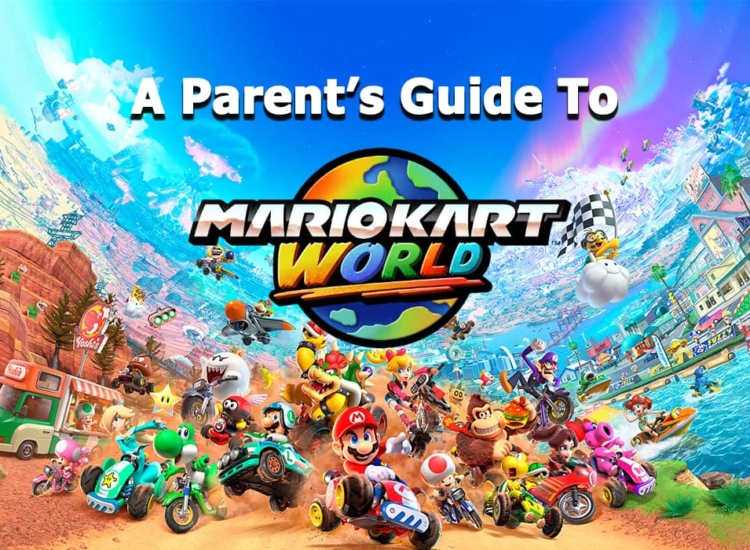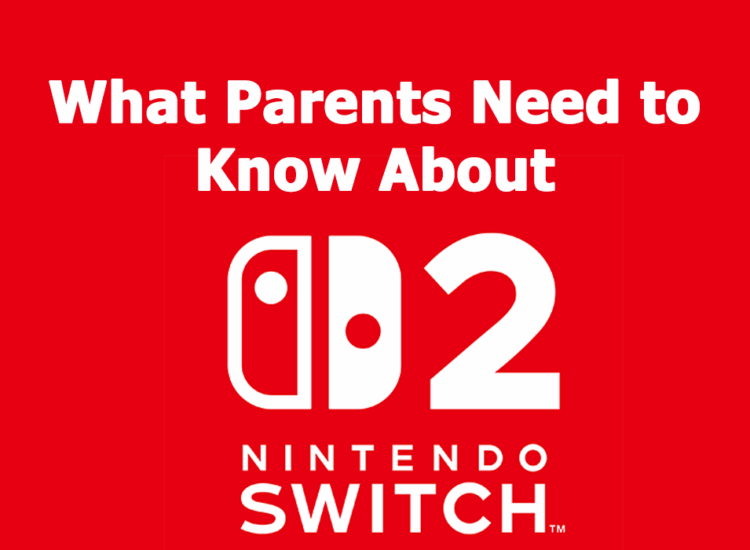The New Playground: Gaming as Social Activity
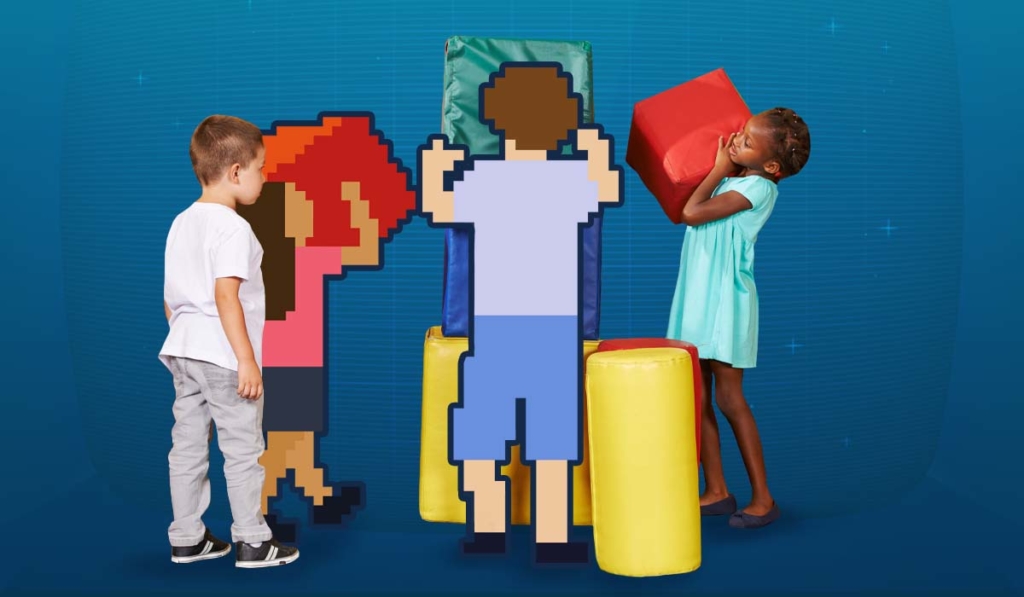
One of the most extraordinary things to come out of 2020 has been our collective creativity in finding ways to maintain connections to one another. As physical interactions became less viable during the peak of the pandemic, many sought each other’s company in digital playgrounds found in online games such as Animal Crossing: New Horizons (Everyone), Fortnite (Teen), or It Takes Two (Teen).
Last year, millions around the world found respite and joy in digital play – much of it with friends and family. In the United States, seven out of 10 people – 226.6 million people – played video games, up from 214 million a year earlier, according to the Entertainment Software Association’s report 2021 Essential Facts About the Video Game Industry.
This proved to be especially true for kids, with 60% of parents saying that games were helpful in connecting kids with friends and family. Many parents even joined in on the fun, with about 74% playing video games with their children at least weekly, up dramatically from 55% a year earlier.
As one parent said to the ESA, “I do get to spend time with my son playing, and talking about what we are doing next is a nice bonding opportunity.”
Bringing the Playground to Everyone
For Tyler Baker, the opportunity to socialize through online games isn’t just nice, it’s a lifeline. Born with open spina bifida, the 27-year-old uses a modified Xbox Elite controller provided by AbleGamers, a nonprofit that advocates for greater accessibility in digital entertainment.
His mother, Lisa, credits games with helping Tyler develop his hand-eye coordination, as well as his cognitive skills. “They keep his mind working to solve issues, maneuver through missions and tasks, and work as a team with other players,” said Lisa Baker, who estimates that three-quarters of her son’s friends were made via online gaming. “Socialization plays a key role, especially once the pandemic hit and we locked down.”
This is something Steven Hunter came to realize in 2012, when his oldest son Tanner suffered a wrestling accident in high school that left Tanner paralyzed from the neck down. Through adaptive technologies provided by AbleGamers, Tanner, now 26, was able to play Fortnite and other games with his two younger brothers.
“Gaming is a social activity for Tanner,” said Steven Hunter. “It’s become a pivotal way for him to socialize with his brothers. They all grew up very much into games, and it’s become a big part of how they stay close. They’re best friends.”
“What we know from years of experience is that games help combat social isolation and foster community among people with disabilities,” said Mark Barlet, founder and executive director of AbleGamers. “We make friends through shared experiences. It’s no different for people with disabilities, many of whom have friends they’ve met through games.”
Socializing through Shared Play
Researchers have pointed out that multiplayer games are social systems, wired for engagement, communication, competition, collaboration, and even innovation. Elisabeth Hayes Gee, professor at Arizona State University’s Mary Lou Fulton Teachers College and the Delbert & Jewell Lewis Chair in Reading & Literacy, said that “many video games are meant to be shared, and can teach young people about science, literacy, and problem solving.”
Ryan Perry, a behavioral-science researcher at the University of Melbourne, co-authored a paper titled “Online-only friends, real-life friends or strangers?” that concluded, “Overall, these results emphasize that social interactions in (and around) online multiplayer video games are effective for building social capital, and do so by ensuring game play is in harmony with other goals and values.”
That games are social is perhaps news to very few people these days. But it was not so long ago that gaming was seen as an isolating activity. This was particularly true for online gamers who were stereotyped as recently as 2012 as “low in social status and socially peripheral.”
The Modern Playground
Fast-forward to today, both demographics and culture have evolved. The average age of today’s gamer is 31, according to the ESA. In other words, yesterday’s gamers have grown up to become parents, surgeons, lawmakers, actors and role models. Meanwhile, children are communicating, strategizing, and building connections with each other over a friendly game of Fortnite or a shared Minecraft (Everyone 10+) world.
“Multiplayer games are exciting and interesting because people are exciting and interesting,” said Andy Robertson, a father of three, author of Taming Gaming, and creator of the Family Video Gaming Database, which helps parents discover and learn more about games.
Robertson cites Roblox (Everyone 10+) as one of the games that mirror these physical playground interactions: “You see kids playing this game, and they’re like, ‘Wouldn’t it be great if the floor was lava? Or if there were sharks here?’ And the developers would say, ‘Good, let’s do that.’ And so you end up with games in Roblox that can be quite peculiar because they’re shaped by these social interactions – not only between the players, but between players and developers as well.”
It’s striking that this behavior is so similar to improvised games kids can play with each other in-person. Video games have evolved to bridge the gap between real world imagination and the realities of a children’s day-to-day lives, becoming an essential tool for socialization and connection.
“When we say games, we often just think of the game itself,” Robertson said. “We sometimes forget that actually there is often this whole community around the game that is just as big a part of the play as the game itself.”
Staying Safe
Many parents have an understandable concern regarding their kids socializing online – including playing video games with strangers. You never truly know who’s on the other side of the screen unless you’ve first met them in real life, so it’s important to have an understanding of the tools at your disposal to make sure your kids have appropriate (and fun) online experiences with others.
As a parent, I find it helpful to have open conversations about who my son should play with, signs to watch out for, and how to respond if questionable things happen. Many parents I know have rules in place allowing their children to only play with family, friends from school, or pals from other real-world activities. Others feel comfortable permitting their kids to play with friends of friends, and maybe even strangers. Every child is different, and you’ll know when your children are ready for the next step.
We sometimes forget that actually there is often this whole community around the game that is just as big a part of the play as the game itself. – Andy Robertson
You can also set parental controls to help manage with whom your kids can play. These controls are available for virtually every video game device. While some let you make more granular rules than others, all are extremely helpful in creating an appropriate online experience.
As Robertson wistfully told me recently in conversation, “In a way, games are like playgrounds. Children run into the playground and… they don’t care who they’re playing with. There’s this lovely innocence about jumping in and just playing. If they keep seeing the same kids turning up playing the same games with them, you start to see these friendships form.”



